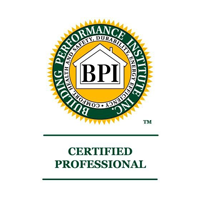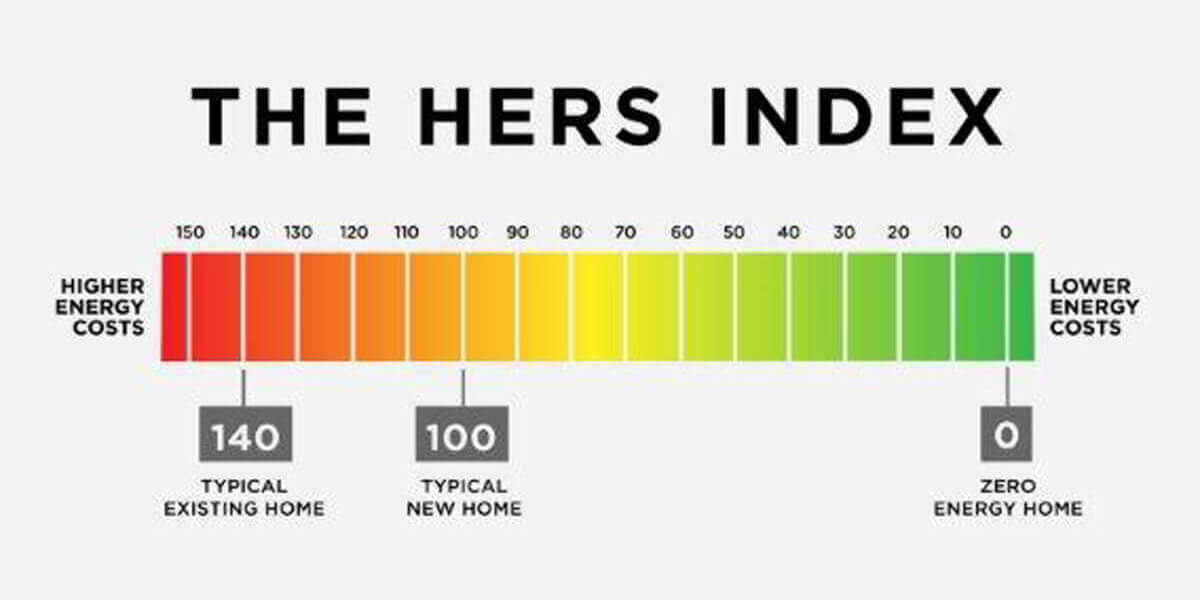Searching for cellulose insulation and home air sealing can feel like trying to read a foreign language with the lights off. The industry often uses uncommon terms that a person who is not an industry professional (and sometimes even some of us who are!), do not immediately understand. Luckily, a simple vocabulary lesson is an easy way to familiarize yourself with your future home improvements. The ABCs of Dolphin Insulation will help you to navigate your way through the search for an upgraded, energy-efficient home.
A is for Air Sealing
Air sealing in your home establishes air barriers in order to block air infiltration. Air infiltration refers to either unconditioned air migrating to a conditioned space, or conditioned air moving to an unconditioned space. Simply put, air infiltration is the process of air moving in and out of your home when you don’t want it to. Air barriers block this unwanted airflow. Air sealing is the process of creating air barriers in your home in order to protect your inside air from the outside.
B is for Borate
Borate fights flames. It is a naturally occurring mineral that is added to cellulose insulation. Borate gives cellulose insulation a Class A fire rating, which not only insulates your home but also adds a level of protection.
C is for Cellulose
Dolphin Insulation uses loose-fill cellulose insulation. This insulation is proven to be the most environmentally friendly as well as the most energy efficient, starting at its production. Cellulose insulation is made up of recycled newspapers, treated with fire-resistant borate. Research proves cellulose insulation to be more effective than all other insulating materials.
D is for Dolphin
Dolphins are smart animals; here at Dolphin we know insulation and air sealing. Dolphins are friendly and aim to please; at Dolphin our goal is to make you happy by giving you the insulated and sealed home that you want. We focus on the whole house as a system because everything is connected. Your health, safety, and comfort connect to your home’s energy efficiency and durability. At Dolphin, we improve all of your home’s individual parts in order to improve your home as a whole.
E is for Energy Audit
An energy audit is when a trained professional evaluates your home’s energy usage and its need for insulation and air sealing. Contact Dolphin to learn more about performing an energy audit in your home.
F is for Fiberized
When talking about cellulose insulation, “fiberized” refers to the reduction of the raw paper back to its original state of long cellulose fibers. Fiberization is important for cellulose’s insulating and fire-resistant capabilities.
G is for Greenwashing
Greenwashing is when a company advertises themselves or their products as more environmentally friendly than they actually are. Companies falsely advertise environmental benefits without giving the consumer any information about the environmental impact. Dolphin Insulation avoids Greenwashing simply by using the most energy-efficient products, so that we can tell the truth about their benefits.
H is for HVAC
HVAC is an acronym for Heating, Ventilation, and Air Conditioning. It is the technology of air movement and environmental comfort in your home. HVAC technology examines fluid mechanics, thermodynamics, and heat transfer. At Dolphin, we focus on stopping unwanted heat transfer by installing insulation in your home.
I is for Interstitial Spaces
Interstitial spaces are the spaces between the walls and ceilings of your home. When left un-insulated, these pathways host fire, heat, odor, insects, and vermin.
J is for Joist
In your home, joists are parallel beams, usually made of timber, that support your floors and ceilings. Joists are often pesky spots to insulate and air seal, so many contractors will not take the time to fix them. At Dolphin, we assess all problem spots in your home and seal them.
K is for the K Factor
The K factor is the measure of heat that travels through one square foot of material that is one inch thick each hour. The K factor can be used to compare different types of insulation—the lower the better.
L is for Loose-Fill
Loose-fill insulation is also known as blown insulation. It refers to the way a certain type of insulation is installed. For example, loose-fill cellulose is installed by blowing the insulation into the receiving area. This technique ensures that the insulation fits to the insulation site perfectly. It fills all of the hard-to-reach cracks and crevasses.
M is for MassSave
MassSave is an initiative sponsored by various state energy and energy efficiency service providers. It works with the Massachusetts Department of Energy Resources to give you information, training, services, and incentives that promote energy efficiency. MassSave not only offers their service to homeowners, but also provides energy-efficient measures for business owners, building contractors, and trade professionals.
Stay tuned for Part 2 of the ABCs of Insulation!















